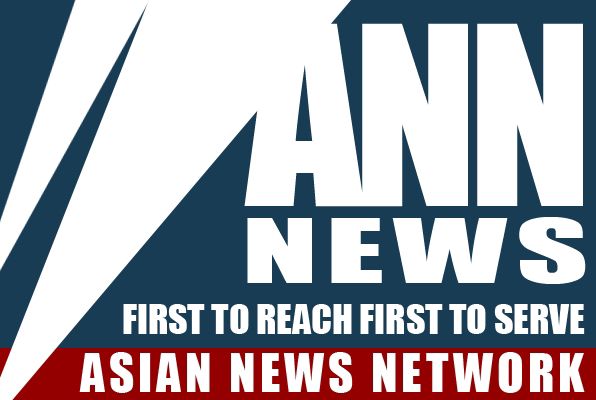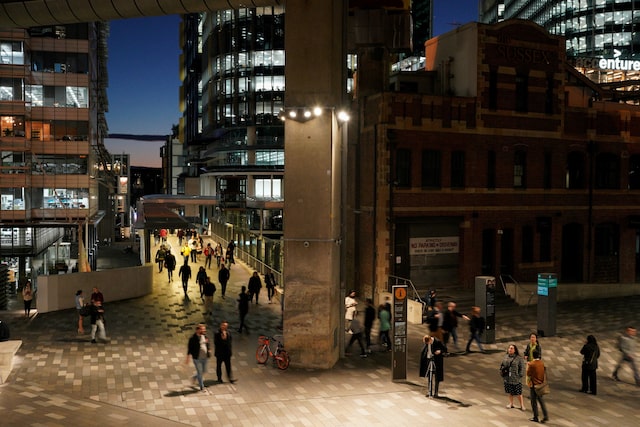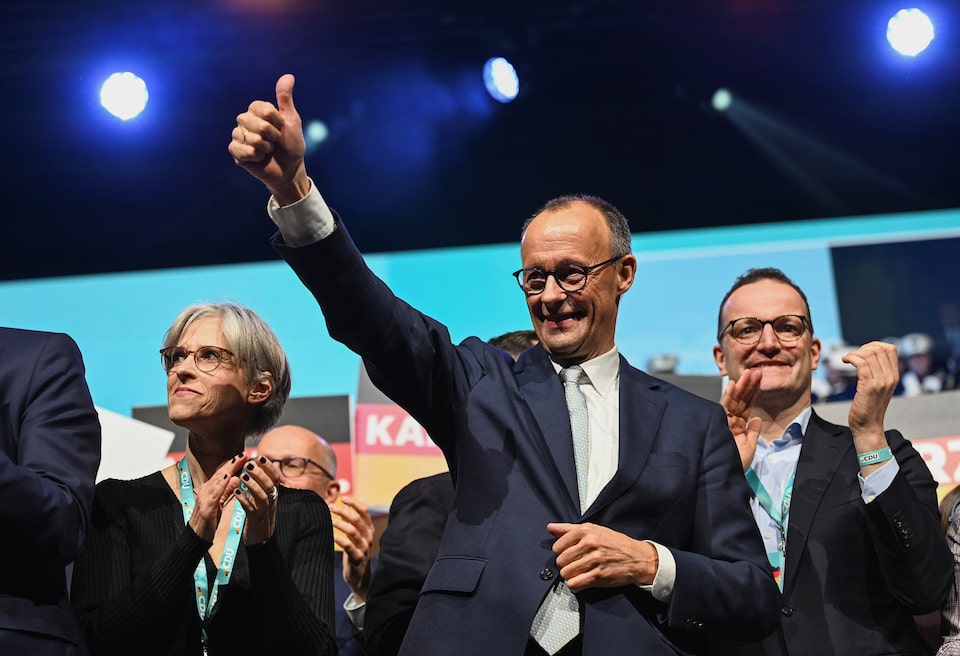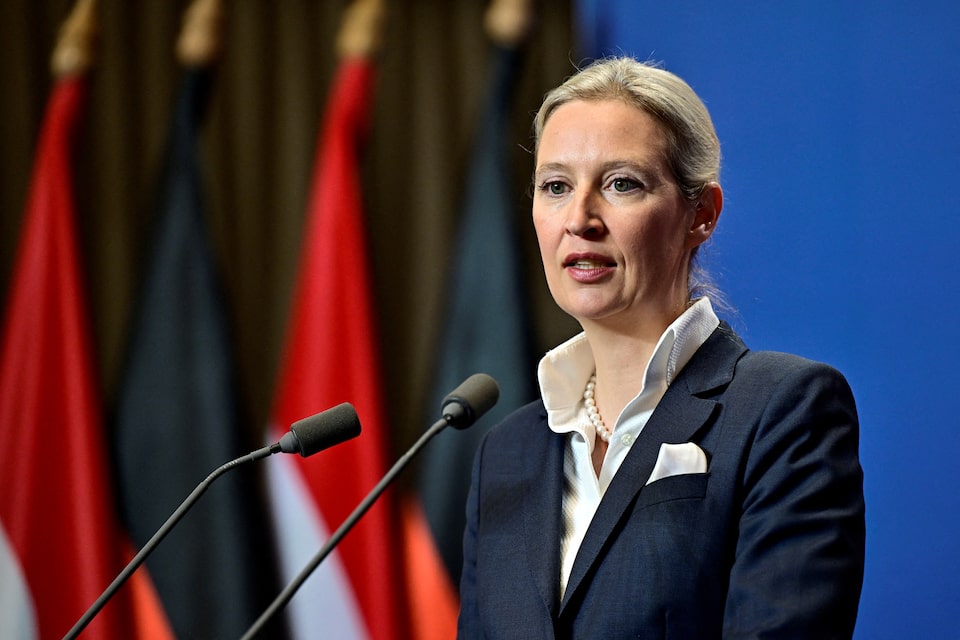People walk through the Central Business District (CBD) at dusk in Sydney, Australia, June 4, 2021. REUTERS
Summary
- Australian Q4 wages +0.7% Q/Q, vs +0.8% forecast
- Q4 wages +3.2% y/y as expected
- Public sector pay growth slows sharply
SYDNEY, Feb 19 (Reuters) – Australian wages rose at the slowest annual pace in more than two years in the fourth quarter even as unemployment stayed near historic lows, suggesting the strong labour market was not a bar to further declines in inflation.
The result will likely reassure policymakers that the labour market is not generating much price pressure. The surprisingly strong jobs market is a reason the central bank cautioned against further monetary policy easing, having cut rates for the first time in more than four years on Tuesday.
Figures from the Australian Bureau of Statistics (ABS) on Wednesday showed its wage price index rose 0.7% in the December quarter, the lowest increase since the first quarter of 2022. That compared with market forecasts of 0.8%.
Annual pay growth slowed to 3.2%, from 3.6%, the lowest reading since the third quarter of 2022. Growth in the private sector ran at 3.3% in the quarter, with public wages growth slowing sharply to only 2.8%.
“Wage pressures are easing, which makes for a softer inflation outlook and goes some way toward justifying yesterday’s rate cut,” said Sean Langcake, head of macroeconomic forecasting for Oxford Economics Australia.
“We still expect to see the labour market slacken over 2025, which will take some more heat out of wage growth,” he said.
ABS noted the drop in contribution from the public sector was driven by the timing of some labour agreements shifting to outside of the December quarter, while others expired or had smaller increases.
Australia’s jobless rate has hovered near 4.0% for a year, yet inflation has subsided from a peak of 7.8% in late 2022 to 2.4% in the fourth quarte of 2024. Annual wage growth has declined by one full percentage point over the past year.
The Reserve Bank of Australia has said it believes the labour market remains tight relative to full employment, but it no longer expects it to loosen much further. That is why underlying inflation is now projected to settle above the mid-point of its target band of 2-3% over the coming years.
It expects wage growth to pick up to 3.4% by year-end, driven by the public sector where announced pay rises are likely to contribute a quarter of a percentage point to growth. But the central bank noted the decline in job-switching could result in less upward pressure on wages in its Statement of Monetary Policy on Tuesday.
Swaps imply just a 16% probability of a follow-up rate cut in April, with the next rate cut expected in May or July.
Reporting by Stella Qiu and Wayne Cole; Editing by Tom Hogue and Jamie Freed





